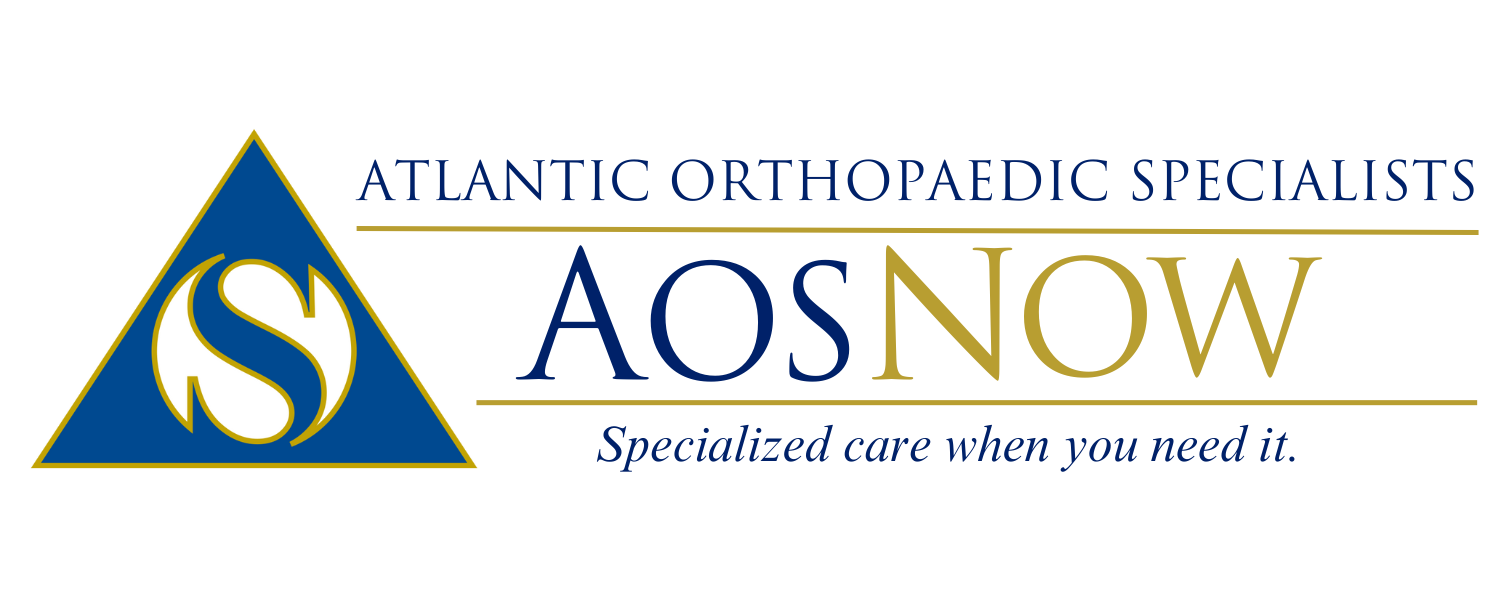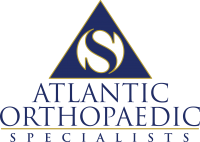
No Appointment, Walk-in Orthopaedic Clinics: Open Monday – Friday, Hours vary at each location
All our AOSNOW locations are equipped to perform X-Rays, Bracing, & Castings after full examination of injuries.
Four Convenient Locations
OUR AOSNOW SERVICES
Insurance plans AOSNOW participates with:
- Aetna PPO/Managed Choice (No HMO)
- Blue Cross Blue Shield of VA
- Blue Cross Blue Shield of NC (All of states must call)
- Cigna HMO/PPO
- Coventry Network Plans
- First Health Network Plans
- Fiserv/UMR
- GEHA (United Healthcare)
- Golden Rule
- HealthKeepers HMO*
- HealthKeepers Priority
- Humana Commercial PlansHumana
- Medicare Plans (Including CCC)
- Mail Handlers
- MediBlue
- Medicare Part B
AOSNOW Exceptions: At this time, we do not accept Medicaid, self-pay, or auto accident patients at our AOSNOW, walk-in clinics. In these cases, please call to make an appointment at (757) 321-3386.
- Mediplus/MOAA
- Mutual of Omaha
- Multiplan Network Plans
- Optima/Sentara (All plans except Optima Family Care)
- Optimum Choice*
- PHCS – Private Healthcare Systems
- Tricare Standard (Authorized provider but not a participating provider. Patient must sign nonpar)
- Tricare of Life
- United Healthcare (Student Resource plans requires referral)
- VHN – Virginia Health Network
*Insurance requires authorization or a referral




